Why do the Chinese need the Su-57?
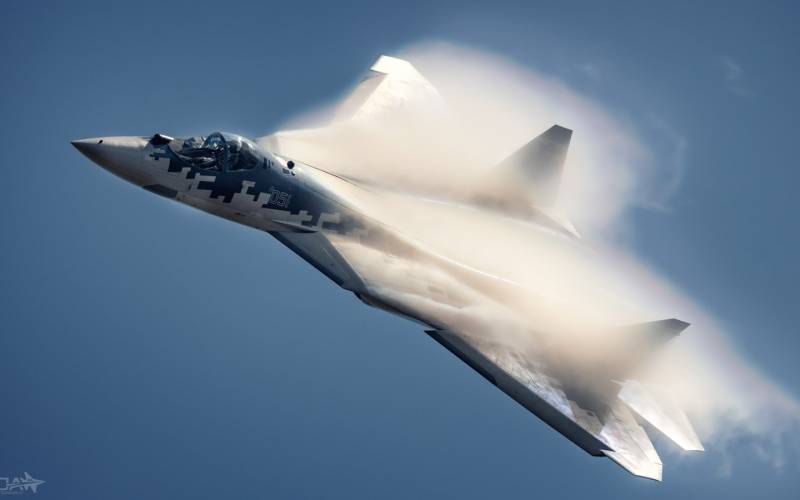
China really wants to be a country - an example for everyone. Strong, stable and respected. And quite a bit is missing for this: an army, fleet and industry. And in all three areas, the Chinese work as befits communists. That is, for a breakthrough.
Of course, after China showed its attitude towards Western-style democracy, that is, in 1989 in Tiananmen Square, the West was not at all eager to share with the PRC not only military technologies; dual-use technologies were also banned. In general, the screws are tightened to the fullest, but China, led by the leader, does not give up and continues to work in the field of inventing new useful technologies and scientific developments.
Or, as everyone knows, it obtains technology by all available means, without suffering at all from conscience when choosing methods.
Today, in continuation of the previous topic of fifth-generation engines, we will talk about the fact that the Chinese are very interested in our developments in the field of fifth-generation aircraft. And to be precise, these are the engines for these aircraft.
Stop. The PLA has fifth-generation aircraft, you say. Chengdu J-20.
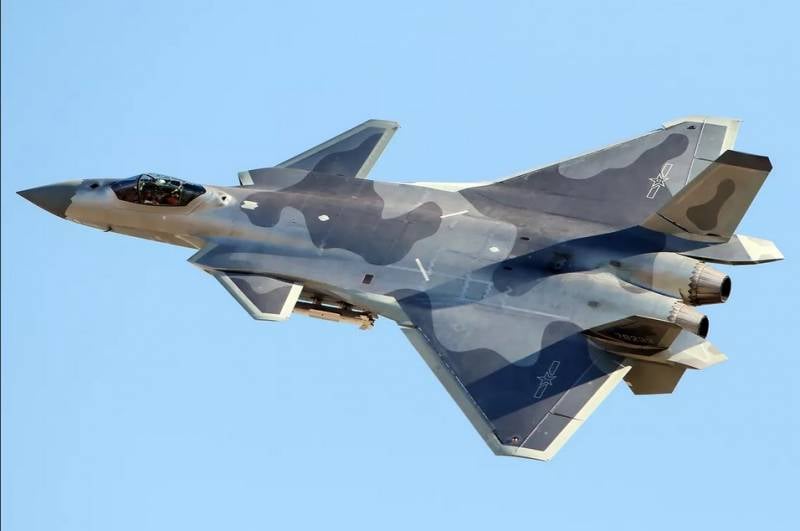
Yes, the plane is really not bad, it has decent potential, but... It does not have the engine of tomorrow.
If you remember, the first copies of the Chengdu J-20 flew on Russian AL-31FN. Then it seems (not confirmed by our side) they were replaced by AL-31F-M2. After 2016, the Chinese actively hunted and happily bought decommissioned engines of these models.
Next came the WS-10S, which was very similar to the AL-31, but had a little more power - 142 kN versus 137 kN. On these engines, China began using its own turbine blades made from rhenium-nickel superalloys in 2017. The step, of course, is impressive, but the overhaul interval was only 500 hours, which, in comparison with Russian and American engines, for which this figure is three times larger, does not look at all.
By 2023, the WS-15 engine with controlled thrust vectoring and a power of 181 kN in afterburner was supposed to begin service. However, there were delays with the engine and flights, if there were any, were not advertised.
Therefore, many countries in the region and those who do not have the budget for American or Russian aircraft are considering proposals from the PRC. And some people buy Chinese planes because they are really quite good cars. Except for engines. For example, some time ago Indonesia seriously looked at Chinese aircraft, but in the end it preferred the Su-30MK2. Precisely because of the engines, because China was unable to fulfill the conditions, which were to supply its own aircraft, with its own avionics, but Russian engines.
So Russian turbojet engines are indeed a sphere of interest for China. At least until they master the production of equally reliable and powerful engines.
As already mentioned, the development of modern aviation - This is primarily the development of engines. The engine not only lifts the plane off the ground and accelerates it, but now also sets the direction of flight, provides the systems with electricity and hydraulic fluid under a certain pressure.
Therefore, if we are talking seriously about the development of aviation, we must understand that without the development of engines it is simply impossible. This is well understood in China too. But there is a difficult situation there today: on the one hand, research institutes and design bureaus are working on new models, on the other, industry cannot keep up with them. Much has been said about the shortage of rare earth metals and China's lack of qualified alloy development specialists.
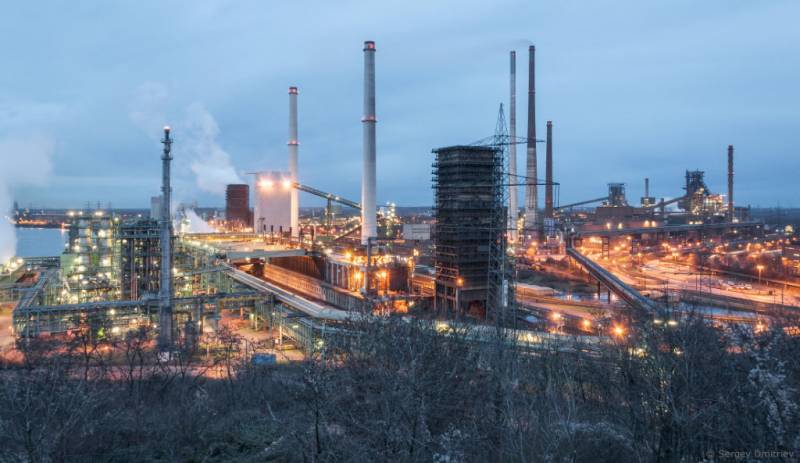
And the factories themselves are not very beautiful. The aviation industry is served by the Shanghai and Anshan metallurgical plants, which are capable of supplying the necessary alloys. However, when it comes to tiny quantities for the same blades, it would be more appropriate to use small private enterprises, but this option does not suit the advocates of secrecy in the industry leadership.
Today, Chinese engineers are trying to solve their engine problems with the help of an old ally, titanium. However, titanium, due to its temperature capabilities, does not allow a significant increase in the temperature of the mixture in front of the gas generator. It might be possible to use a solution such as spraying ceramic materials onto the blades of a high-pressure compressor and then baking them, but Chinese engineers have not achieved significant success in this area either. And a ceramic coating of titanium blades could raise the temperature at the HPC inlet by about 100-150K.
Another solution is to create a titanium-rhenium alloy. Rhenium is a very refractory material that could provide t=1 – 900 K before high-pressure testing. Why rhenium and not, say, tungsten? It’s just that in Hengxi province, not far from the city of Xi’an, where a number of aircraft manufacturing enterprises are located, a large rhenium deposit was recently discovered.
As our neighbors say, “We have what we have.” Therefore, Chinese engineers have a lot of work ahead of them to create new light alloys that are not afraid of high temperatures.
Another thing that the Chinese would gladly borrow in any way. They really need a new ignition system for engines, which would ensure that the engine starts during flight, and would also save engineers from such a thing as burning excess fuel in a chamber with an explosion effect.
In general, plasma ignition of the Russian AL-41F1 would be very useful.
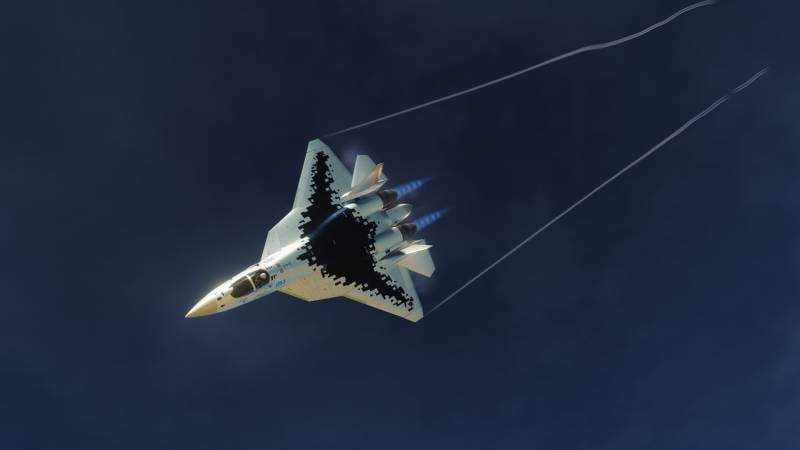
Maybe together?
The Chinese media reported that NPO Saturn and UMPO (Ufa Engine Production Association), which are working on a fifth-generation engine under the designation Product-30, are experiencing significant financial difficulties. Naturally, in general this also applies to UAC, as the head office of the Russian aviation industry.
The evidentiary argument is as follows: the Chinese have information that the pre-production version of Product 30 is already flying on the T-50-7 laboratory aircraft. In total, a preliminary series of 10 pieces was produced for testing. For comparison, testing the AL-31 engine took 68 engines. If UMPO and Saturn do not produce a series of engines for testing that are at least approximately similar to their predecessors, then Russian aircraft manufacturers have problems.
This is an interesting remark, which is not worth commenting on yet. It has a right to life, but other explanations can be given for such an approach as the production of a small series of engines for testing.
In general, Chinese engineers are familiar with the series of these engines.
AL-31F – mounted on the Su-30MKK.
AL-41F1S - on the Su-35SK.
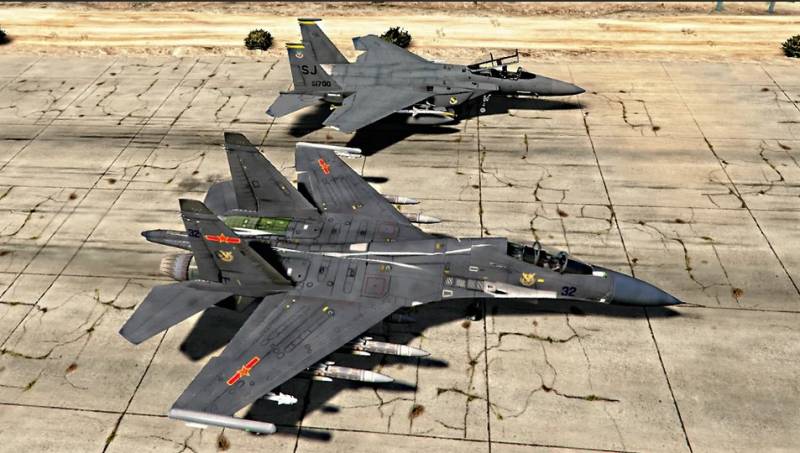
Both fighters have long been in service with the PLA Air Force (especially the Su-30MKK) and naturally, engines for them were purchased under separate contracts to replace those that had expired.
Naturally, Chinese specialists carried out incomplete disassembly of the engines for informational purposes.
There was a very unpleasant surprise for them: the overhaul interval for the AL-41F1S engine is 1500 hours, and the total resource is 3 hours, but if you replace the HPC stages and other elements, the service life can be extended by another 000 hours. It's unfortunate (for the Chinese), but their engines are not yet capable of providing at least half of this resource.
Chinese engineers believe that in afterburner the AL-41F1S produces 14 kgf of thrust, but this is not the limit, and in emergency cases the engine can produce up to 000 kg of thrust, that is, there is a certain reserve for modernization. Therefore, new ceramic materials in the “hot” part and a new ignition system make the prospect more significant.
In general, the Chinese pay great attention to working with temperature, and the path of their Russian colleagues is clear and interesting to them. The AL-31FP engine had t=1K in HPC, the AL-665F already had 41K, and the AL-1F828S had about 41K. That is, there is constant progress that can be advanced through new materials.
And here is the pinnacle of the Chinese aircraft industry, the J-20.

The vast majority of these fighters fly Russian AL-31Fs. Airplanes produced after 2019 use the WS-10, which is more powerful but short-lived. Hence, China’s desire to acquire the AL-41F1S for its aircraft and, in the future, the same AL-41F1, which is still “Product 30,” looks quite normal.
Why the Chinese need the AL-41F1 is clear: to modify the J-20A, which should become “further, higher and faster,” for which domestic engines are clearly not enough.
The requests from neighbors are simply amazing. According to minimal estimates, the PLA would like to purchase about 330 AL-41F1S engines. And the calculation of existing and those under construction J-20, two engines per aircraft.
This is, you know, a PARTY. Here, of course, there will be very long bargaining, since the Chinese will not be like that if they do not try to bend our aviation industry to discounts for such a quantity. But in fact, this is a very difficult decision, which shows how much better our engines are than Chinese ones.
But there are problems.
And the main problem is not the price, the main problem is the inability of Russian factories to process such an order. Here you need to understand that the same UMPO will not abandon all orders to please the Chinese. But 330 engines is not enough for a couple of months of work, you understand. This is a very long-term contract. But in addition to the Chinese order, UMPO must build engines for the Russian Aerospace Forces, and other countries are also placing orders.
Here lies a cunning move: by placing such a huge order for their Air Force, the Chinese are trying to delay the conclusion of a similar contract between Russian manufacturers and the Indian Air Force. The Indians are by no means fools and also want to modernize their Su-30MKI. These planes are powered by the AL-31FP, an engine more advanced than the one on Chinese planes due to the deflectable thrust vector, albeit only in the vertical plane.
In principle, installing the AL-41F1S instead of the AL-31FP will give a very good result in terms of maneuverability and power, so the aspirations of the Indians can be understood: the Su-30MKI is not the most modern and efficient aircraft today, but don’t send them to the scrap heap, especially since Are they durable like many other models?
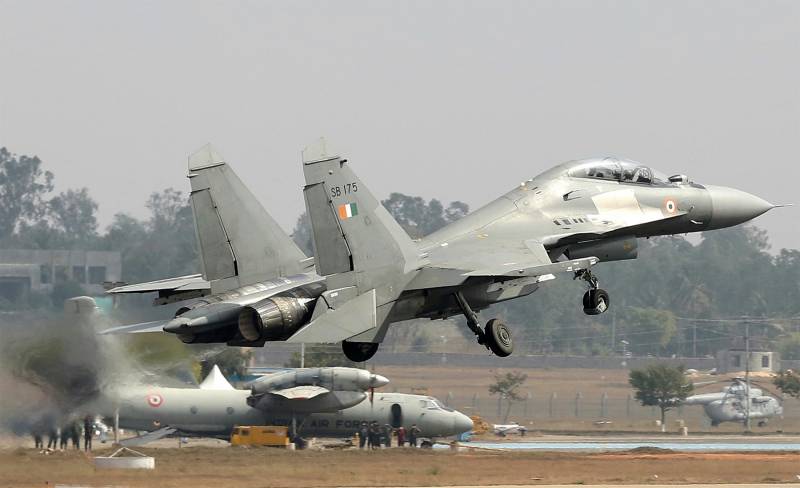
In general, the cunning plan of the Chinese side is to weaken the Indian Air Force as much as possible, leaving them without modern engines. But this is only one of the components of success.
The second is that by equipping their aircraft with Russian engines, the Chinese will quite easily be able to bring the WS-15, which so far does not really want to be finished, to condition.
WS-15 is a promising project, carried out according to the “I made it from what I had” scheme. And with all the advantages of the engine, the car has disadvantages: it does not produce a power of 15 kgf, because the ignition system is completely outdated. For the same reason, the engine cannot be started if it stalls in flight or is turned off. It reacts very poorly to overheating due, again, to an outdated powder casting scheme for components and is not particularly reliable at high rotation speeds. Well, second-generation DD000 monocrystal blades with internal liquid cooling are not an indicator for a modern aircraft.
In general, it is clear that in order for the J-20 to become a full-fledged fifth-generation aircraft, it also needs a full-fledged fifth-generation engine. The AL-41F1S is not one, it’s still a 4++, but the WS-15 is an even smaller fifth-generation engine.
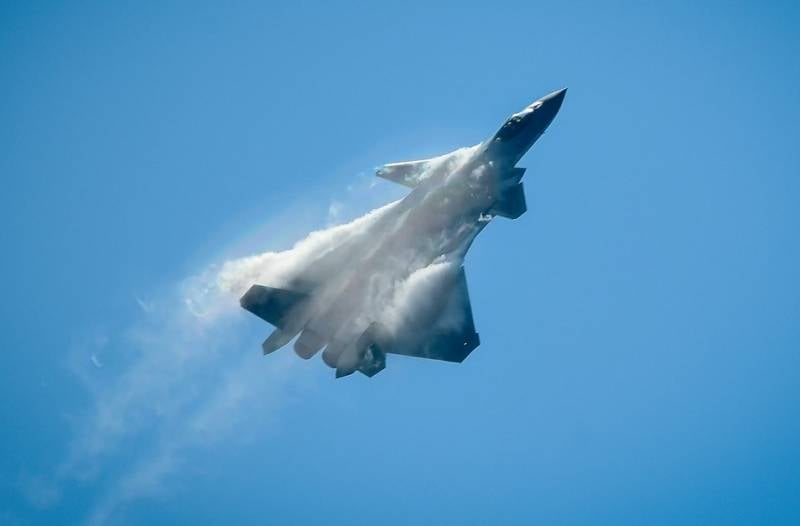
However, the purchase of AL-41F1S in such quantities will definitely move the PLA Air Force forward, and the operation of Russian engines will make it possible to bring the WS-15 to condition. Even through complete disassembly and direct copying of all components of the Russian engine.
And the plasma ignition system, which ensures oxygen-free starting of the engine in flight, is generally the cherry on the cake, which the Chinese have been licking their lips at for a very long time.
And here it is also worth remembering that appetite comes with eating in the sense that the PLA Air Force is armed with several hundred aircraft equipped with WS-10 engines of various modifications, we are talking about the J-11DG and J-16, which trace their origins from the Su-27, which means the AL-41F1S will take root there quite easily. And for the J-11, which is frankly weak in this regard, this will be a very worthy modernization, and the J-16, which cannot be called old, will receive even more capabilities.
Well, naturally, the Chinese are very interested in the next stage, AL-41F1.
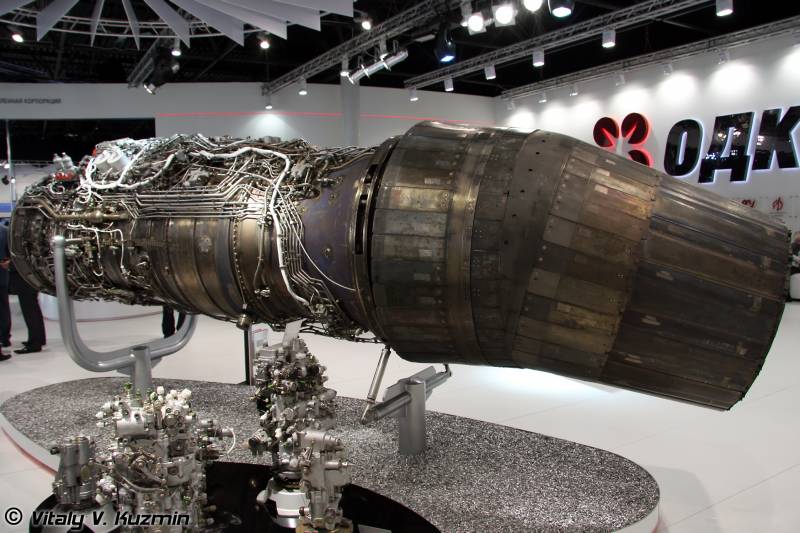
PLA specialists believe that Russian engineers will be able to stabilize thrust at around 11 kgf in cruising mode and 000 kgf in afterburner. But in order to confirm the service life at the level of 18 hours, according to PLA experts, the afterburner power will have to be reduced to the level of 000 kgf. But even in this case, according to Chinese engineers, the power of the AL-5F000 will be approximately 16% higher than that of the AL-000F, which is used on PLA Air Force aircraft.
So in any case, the game is worth the candle.
However, not everything in Russian engines suits the Chinese. With a grin, I read such “healthy” criticism of Russian engines on the pages of the PLA Daily Newspaper that I laughed good-naturedly.
It turns out that the main problem of Russian engines is insufficient service life and short overhaul intervals! This is what I understand, this is patriotism! The fact that Chinese engines are not capable of producing even a third of the Russian ones is a trifle, because the PLA pays for its engines in yuan, and for Russian ones in dollars.
But there is nothing to do, the Chinese will have to wait, because there are simply no other options and are not expected. Or AL-41F1S and once AL-41F1, or our WS-15.
In China, they believe that the further path of development of Russian engines (and, sorry, there are no others for them), expressed in the model announced as AL-41F2, will lead to the creation of a three-circuit engine. This will make it more economical in cruising mode and will reduce the temperature picture of the entire aircraft, since due to the purging of the third circuit, the temperature of the exhaust gases will decrease.
In addition, there was information that Russian engineers decided to implement the idea of S-shaped air intakes in the new engine. On the one hand, this will greatly slow down the passage of air into the engine, on the other hand, it will completely hide the blades, which well reflect the radar signal.
Of course, the engine will have plasma ignition, which will allow the engine to be started at altitudes of up to 5 meters.
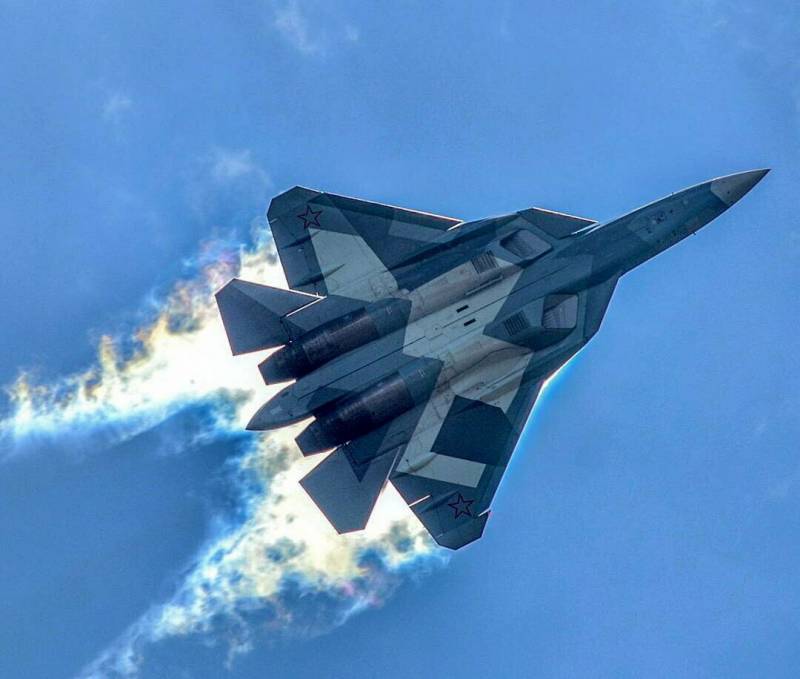
And the last thing is two-plane thrust deflection vectors. There is information that the vector deviation angle will be 40-60 degrees, which is more than enough to provide the aircraft with super maneuverability.
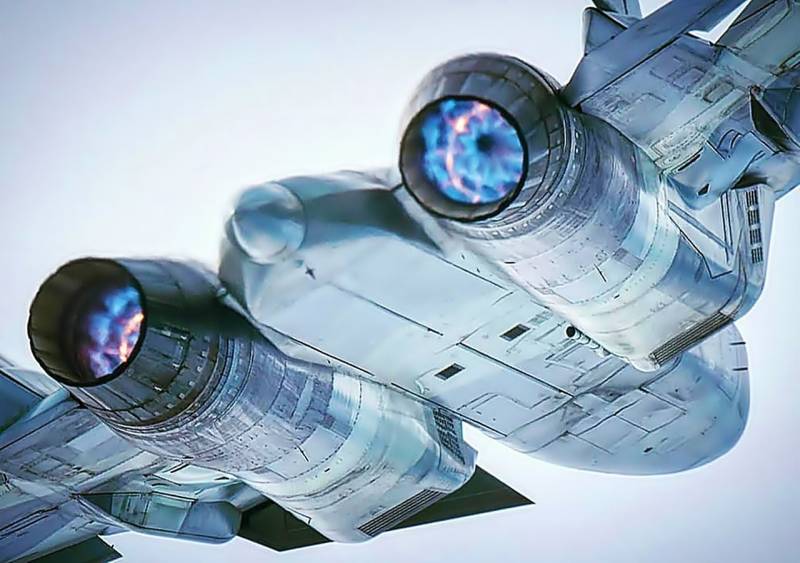
Ideal engine? From the point of view of PLA specialists, yes. And only one thing spoils the picture: this engine is being developed in Russia, not in China.
Alas, Chinese engines, despite all the criticism of Russian ones (often unfair), are not comparable to them. Mainly in resource matters. Just last year, Chinese engineers honestly admitted, which simply stunned many, that their thrust vector deflection mechanisms on the WS-15 have a maximum service life of 50 hours. And the nozzle is deflected vertically by no more than 17 degrees, and horizontally by no more than 15 degrees.
Russian thrust vector deflection mechanisms last 150-200 hours. And the deflection angle of our engines is greater, what if the most modern WS-15 works in this regard like our AL-31FP and nothing more. And naturally, despite the fact that the Chinese copied their engines from ours, they are not at all interchangeable. Other control units, different software.
And the main problem is that China does not have the required number of design engineers specifically for high-tech equipment, and there is nowhere to train them. Except Russia. Yes, there is an opportunity to look for the remnants of engineering personnel in Ukraine, perhaps there are still some left there, but the problem with leaving is comparable to that of China. In any case, training its personnel will take years, which is absolutely not in China’s interests. This means that there will be a search and enticement of specialists on the side. The sad thing is that there aren't that many sides.
And the side that is the West will not give anything to China. Although, it’s not particularly necessary, because when the Chinese tried to copy American engines for their Xian H-6, it turned out that it was much easier, instead of copying JT8D from Pratt-Whitney, to buy Russian D-30KP-2 from Il- 76. Yes, the D-30KP-2, to put it mildly, was not similar to the AM-3, the “native” engines for the Tu-16/Xian H-6, but the Chinese completely remade the compartments of their aircraft for these engines without any problems. And even though the D-30KP-2 were not adapted for the Tu-16 at all, if the party said so, then everything will fly. This is China...
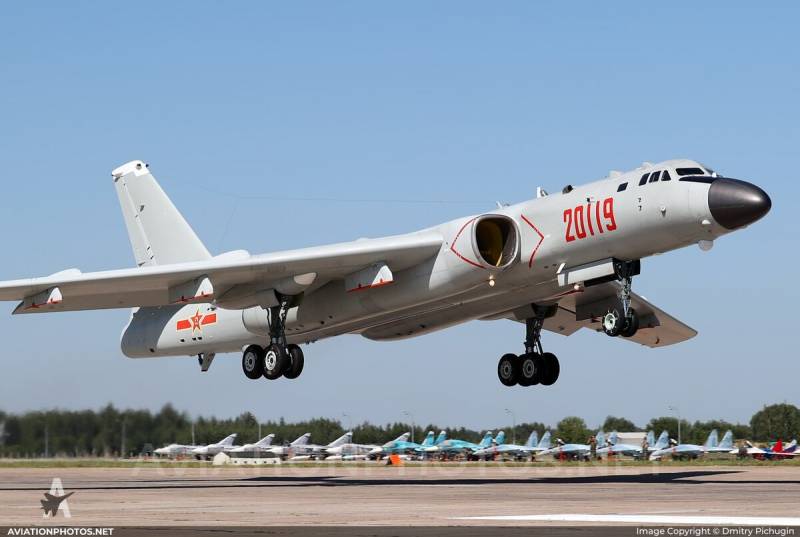
And by the way, story with D-30KP-2 can serve as an example of how even a great desire is broken by impossibility.
At the very end of the last century, the Chinese military responsible for repairing equipment (the PLA Air Force Department of Weapons and Equipment) came to the conclusion that it was very expensive to maintain the D-30KP in Russia. And this process takes a lot of time. Naturally, the question arose about repairing engines in China, having received the appropriate permits and documentation for this.
The Chengdu Engine Corporation (420th Aircraft Engine Plant) sent a proposal in 1998 to the PLA Air Force command to transfer to it the procedures for partial or complete repair and airfield maintenance of two D-30KP-2 engines. The process of studying the D-30KP-2 by Chinese specialists took more than two years. In 2000, China began a series of negotiations and consultations on engines with the Russian side.
The result was the WS-18, a Chinese copy of the D-30KP-2. It began to be installed on the Xian Y-20 transport aircraft and the H-6K bomber. Everything was beautiful and patriotic, but...
In 2009, it became known about a contract for the supply of a large batch of D-30KP-2 to China, and from 2009 to 2020 China received 436 D-30KP-2 engines from Russia. Here is the whole situation up to the yuan. The WS-18 is ours, but it’s better to fly on the Russian D-30KP-2.
And so with almost any Chinese engine. You can find a similar story about anyone.
Now in the Chinese specialized press you can often find statements on the topic that the PLA Air Force will no longer purchase D-30KP-2. And not at all because the WS-18 is better, no. It’s just that the Chinese now secrete gastric juice when looking at the D-30KP-3 Burlak.
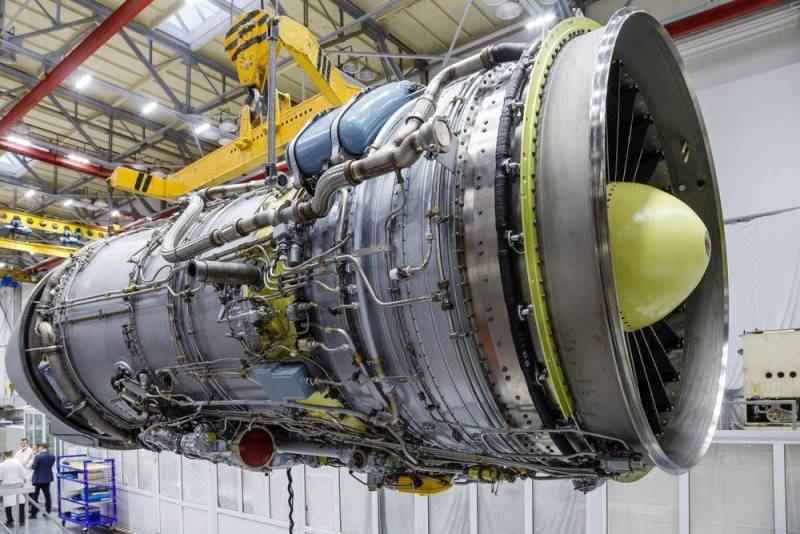
D-30KP-3 "Burlak" - D-2000KP-30, deeply modernized in the 2s at NPO Saturn. It features a new fan, a bypass ratio increased by more than 1,5 times, a thrust increased by 1 ton (13 kgf), and fuel consumption reduced by 000%. The song, not the engine!
Of course, specialists from the 624 Engine Research Institute in Chengdu and specialists from the same 420 Engine Plant will do everything to master at least the repair of this engine, not to mention assembling their own version.
However, it is not as simple as it seems. An aircraft engine is, excuse me, not an iPhone to copy.
Therefore, no country in the world is as interested in the developments of the Russian aviation industry as China. China has nowhere to go: Europe and the United States will not rush to a tender to provide China with military equipment, as happens in India every year. China must get out of all situations on its own. And therefore, having a neighbor like Russia as friends is very beneficial.
Indeed, China does not need the Su-57. They learned how to make airplanes, but how effective they are is another question. But the Russian plane is interesting because of its engine. The engine is the heart of the aircraft, and to create a fifth-generation aircraft based on the third engine - no, it won’t work that way. That is why military cooperation will be of interest to China for a long time.
Information